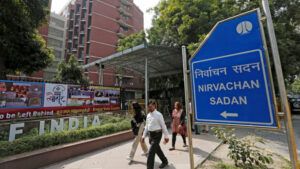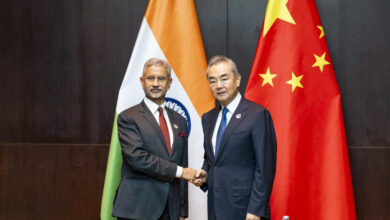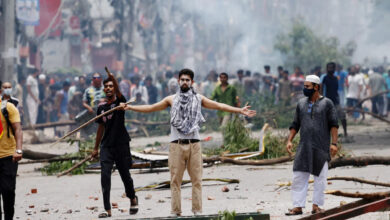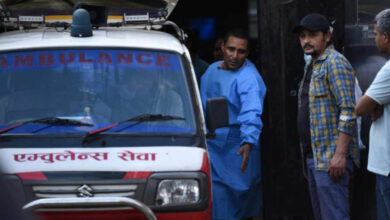India Gears Up for Historic Election Showdown: A Battle of Narratives and Numbers
As India braces itself for what is touted to be the world’s largest democratic exercise, the upcoming parliamentary elections scheduled to commence on 19th April have set the stage for a clash of ideologies and ambitions. With nearly a billion eligible voters, the nation is poised for a momentous decision that will shape its trajectory for years to come.
The electoral battleground spans 543 constituencies across the country, slated to unfold over seven phases and culminating on 1st June, with the final results unveiling on 4th June. At the forefront of this political spectacle stands Prime Minister Narendra Modi, seeking an unprecedented third consecutive term in office, a feat accomplished by only one of his predecessors, Jawaharlal Nehru.
Prime Minister Modi’s campaign narrative revolves around the narrative of progress and Hindu nationalism, underpinned by economic growth, infrastructural development, and social welfare initiatives. With a target set ambitiously at 370 parliamentary seats for his Bharatiya Janata Party (BJP) and over 400 for the National Democratic Alliance (NDA), Modi’s agenda resonates strongly with a significant segment of the electorate.
However, the opposition, led by the Indian National Developmental Inclusive Alliance (INDIA), comprising a coalition of over two dozen parties spearheaded by the Congress party, poses a formidable challenge. Amidst internal discord and struggles for cohesion, the opposition alliance seeks to capitalize on issues such as unemployment, rural distress, and concerns over religious polarization.
The electoral landscape is further complicated by the presence of a myriad of regional parties and independent candidates, adding layers of complexity to the already intricate political terrain. With over 2,400 political entities vying for representation, the electoral process epitomizes the vibrancy and diversity of Indian democracy.
As the nation embarks on this electoral odyssey, the outcome remains uncertain, shrouded in the complexities of regional dynamics, socio-economic aspirations, and ideological fervor. With nearly a billion voices poised to be heard, India stands on the cusp of a defining moment, where the ballot box becomes the arbiter of its collective destiny.





